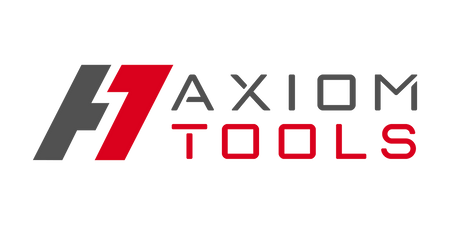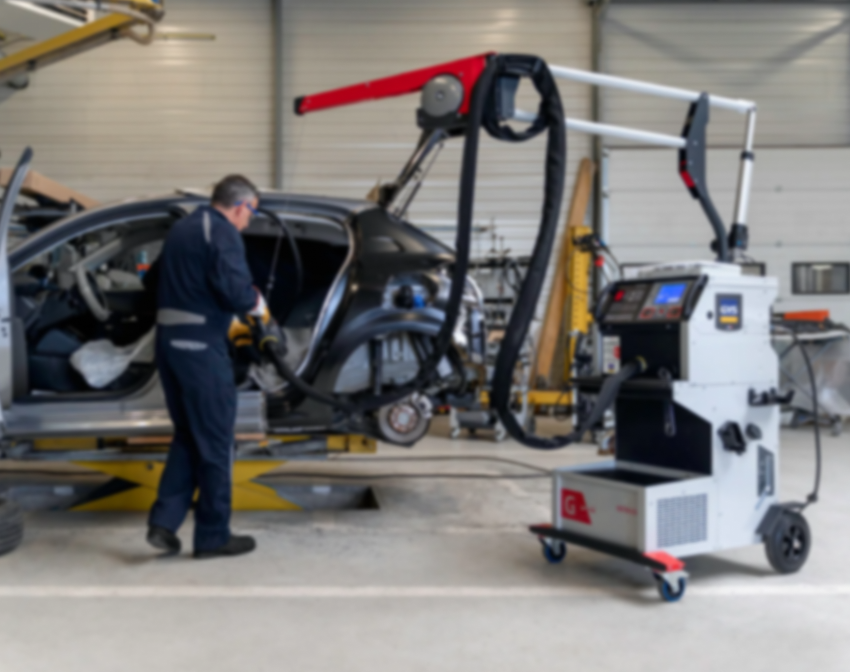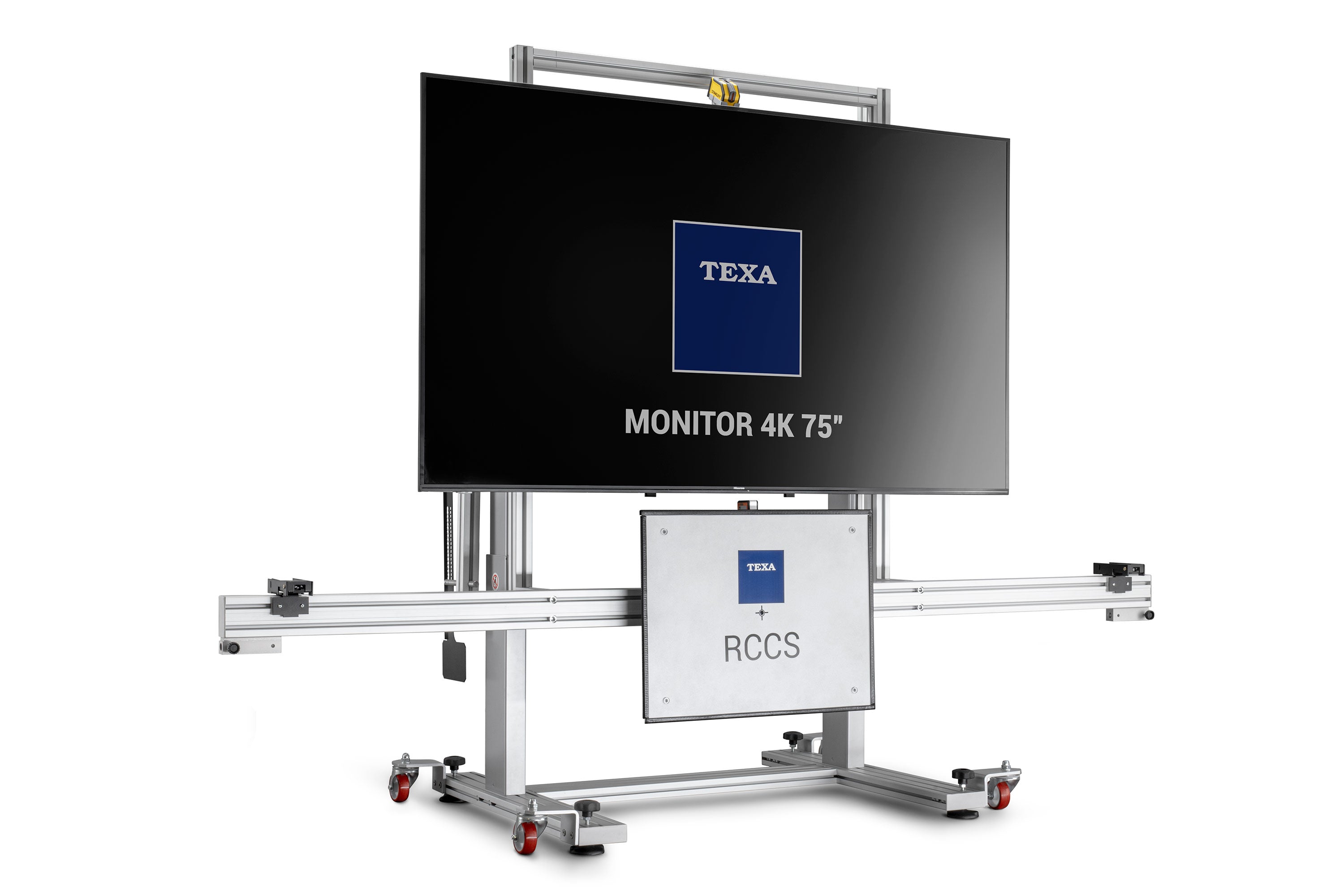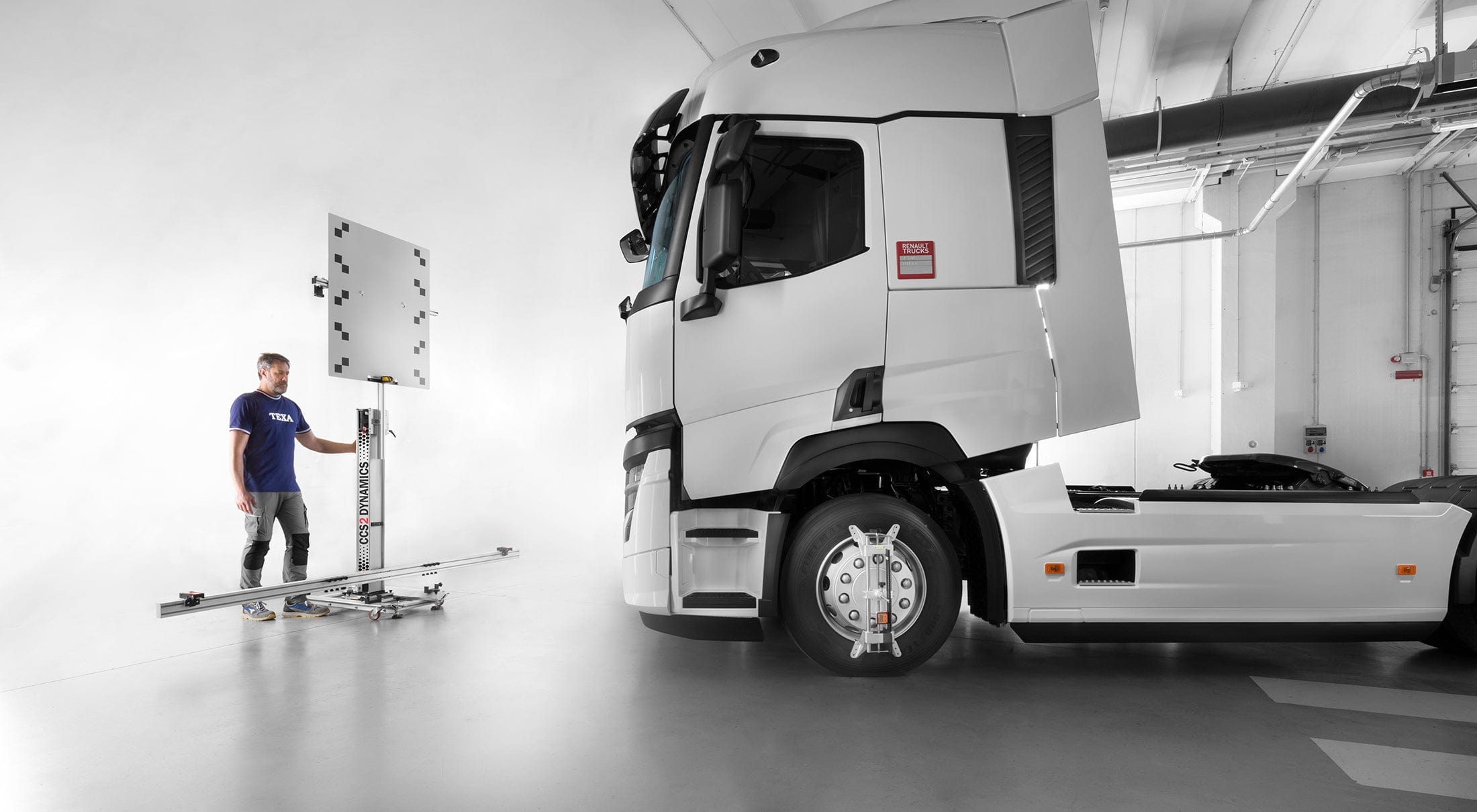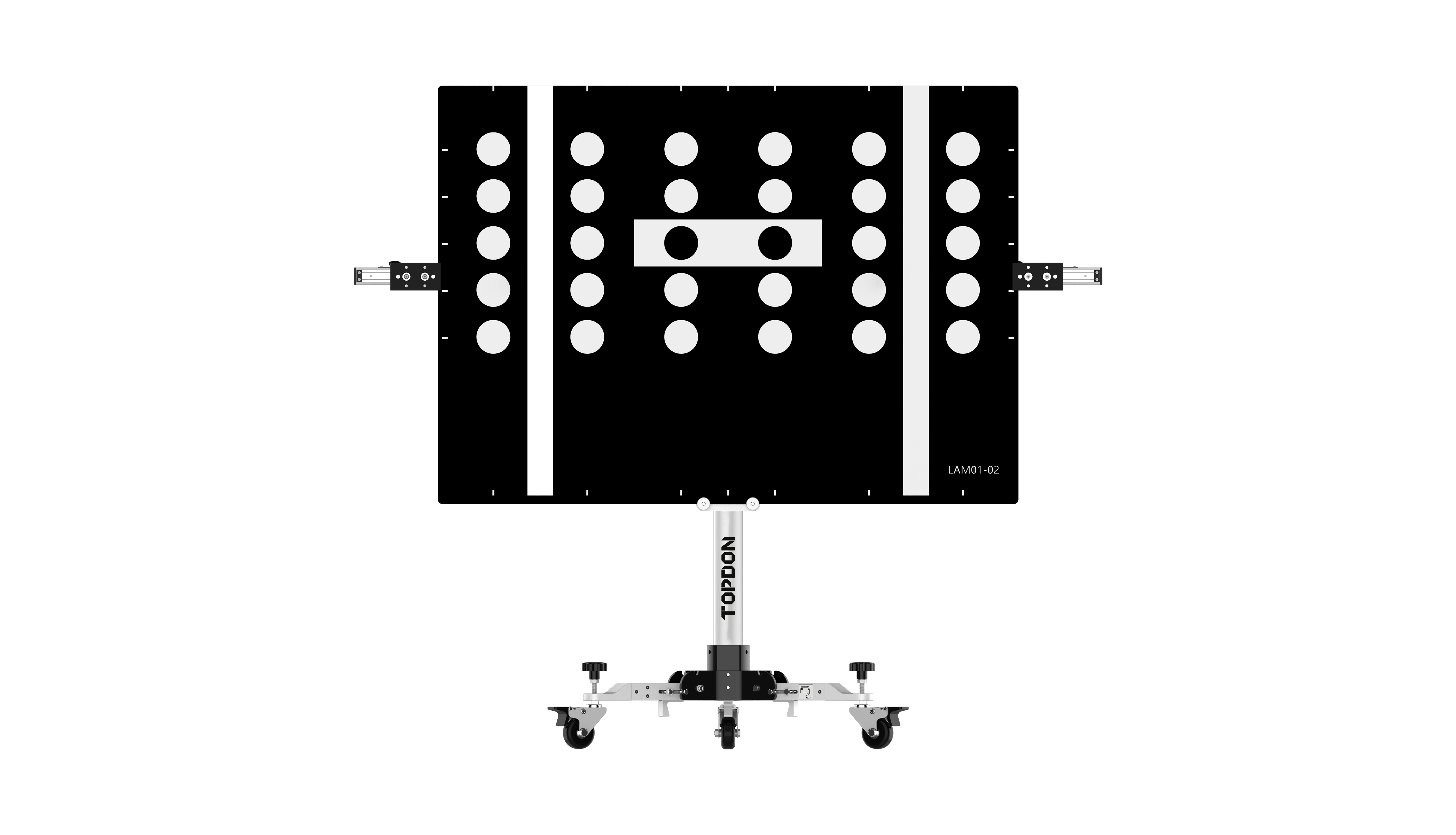The Importance of Using Manufacturer-Approved Collision Repair Methods
1. Ensuring Vehicle Safety
A vehicle’s crash safety features, including airbags, crumple zones, and seatbelt systems, are designed to work in coordination with its original structure. If improper repair techniques are used, these features may fail in the event of another accident.
By following OEM repair procedures, technicians can guarantee that welding techniques, panel replacements, and structural repairs are done correctly, maintaining the vehicle’s ability to protect occupants in future collisions.
2. Maintaining Structural Integrity
Modern vehicles are built with high-strength steel, aluminum, and composite materials, each requiring specific repair methods. Using manufacturer-approved repair techniques ensures that replacement parts and welding methods do not weaken the vehicle’s frame.
For example:
- Squeeze Type Resistance Spot Welders (STRSW) ensure factory-like welds on high-strength steel.
- Pulse MIG Welders provide precise heat control for aluminum repairs.
- Self-Piercing Rivet (SPR) Guns are essential for bonding aluminum panels without excessive heat.
By utilizing these advanced tools as recommended by the manufacturer, repair shops can restore vehicles to their pre-accident condition.
3. Protecting Manufacturer Warranties
Many automakers specify that deviating from OEM repair methods can void warranties. If a repair shop uses aftermarket parts or non-approved repair techniques, the vehicle owner may lose warranty coverage on major components, such as the frame, suspension, or electrical systems.
Following manufacturer guidelines ensures that warranties remain intact, providing peace of mind to customers and preventing costly disputes in the future.
4. Enhancing Vehicle Resale Value
A vehicle that has been repaired using OEM-approved methods is more likely to retain its resale value. Potential buyers and dealerships prefer vehicles with documented OEM repairs, as they guarantee that the vehicle's safety, performance, and reliability have been properly restored.
Using non-approved repair techniques or aftermarket parts can raise red flags in vehicle history reports, potentially reducing the car’s market value.
5. Preventing Liability Issues for Repair Shops
For collision repair businesses, failing to adhere to manufacturer-approved procedures can result in legal and financial repercussions. If a repaired vehicle is involved in another accident and a subpar repair is found to be the cause, the repair shop could face:
- Lawsuits from customers or insurance companies
- Loss of certification and industry credibility
- Increased insurance costs due to liability claims
By consistently using OEM-approved repair methods, shops can reduce liability risks and build a reputation for quality and safety.
The Role of Advanced Repair Equipment in OEM Methods
Modern vehicles require specialized equipment to meet manufacturer standards. Some of the most essential tools include:
1. Squeeze Type Resistance Spot Welders (STRSW)
- Used to replicate factory spot welds on high-strength steel.
- Reduces heat distortion and maintains structural strength.
2. Pulse MIG Welders
- Provides precise control for aluminum and mixed-metal repairs.
- Prevents burn-through and warping on sensitive materials.
3. Self-Piercing Rivet (SPR) Guns
- Essential for bonding aluminum panels without excessive heat.
- Ensures OEM-approved fastening techniques for lightweight materials.
Utilizing these advanced tools ensures that repair shops meet manufacturer specifications and restore vehicles to their original crashworthiness.
Conclusion
Using manufacturer-approved repair methods in collision repair is not just a best practice—it’s a necessity for ensuring vehicle safety, structural integrity, and long-term reliability. By following OEM guidelines, repair shops can:
✅ Maintain vehicle safety features
✅ Preserve manufacturer warranties
✅ Enhance resale value
✅ Reduce liability risks
✅ Use advanced repair technologies effectively
For both repair professionals and vehicle owners, investing in OEM-approved repair techniques is the key to ensuring that every vehicle is restored correctly, safely, and efficiently.
Would you like to learn more about certified collision repair processes or how to find a repair shop that follows OEM standards? Leave a comment below!
